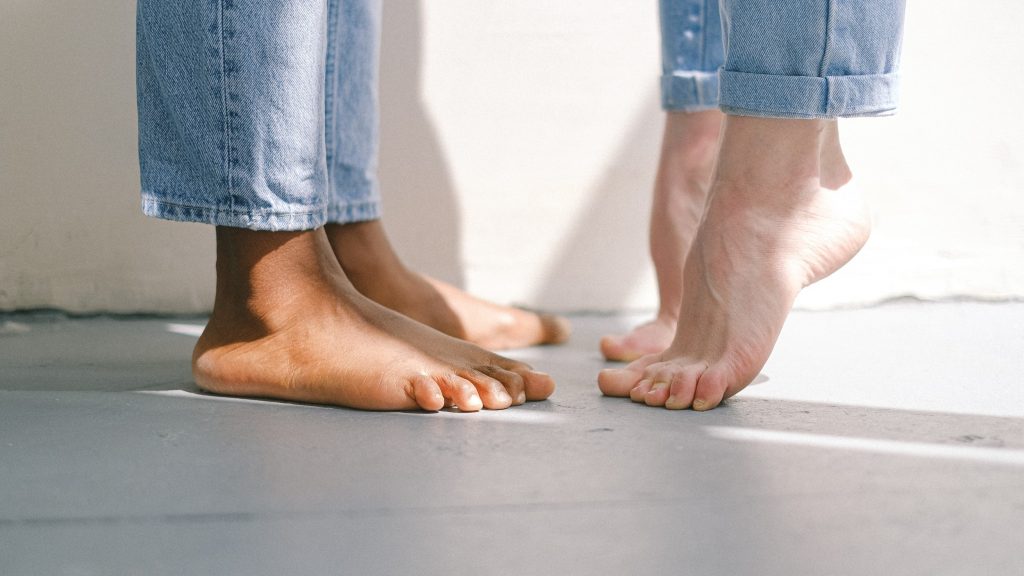FREE Shipping on Orders over $89 with Account – Create One Today!
- (844)-859-9400
- Get Help

Although treatments for diabetes continue to improve, diabetic foot ulcers remain a frequent occurrence. They often appear due to a combination of peripheral neuropathy, decreased blood supply to the extremities and a high amount of pressure or friction applied to the area. If these ulcers are neglected, patients’ risks for amputation increase, as do hospitalization and fatality rates. Based on figures from the Centers for Disease Control and Prevention (CDC), over 10% of diabetes patients experience wounds, some requiring surgery. Annually, about 130,000 amputation procedures are performed on diabetes patients.
Due to a growing elderly population, it’s estimated that 550 million people across the world will be diagnosed with diabetes by 2030. As such, patients are recommended to discuss lifestyle factors and wound management with their doctor to decrease infection and potential amputation risks.
Diabetic foot ulcers don’t occur by chance. Instead, this condition materializes through the following combination of factors:
Diabetic ulcers fall into the following types:
Complications from foot ulcers are estimated to occur in 15 to 25 percent of diabetes patients. For patients eventually requiring amputation, diabetic foot ulcers preceded about 85% of those cases.
In general, managing diabetic foot ulcers involves creating an environment that allows the wound to heal, avoids infection and helps new tissue form. Dressings are essential to this process, although type varies based on the amount of exudate generated. Keeping a wound too moist can hinder the healing process or invite infection.
Start by cleansing the wound with a saline solution. Your doctor will offer recommendations, but typically, patients cleanse their wound once per day on average.
Afterward, you’ll want to apply an ointment and/or dressing to help heal the wound. This can vary. An antibiotic ointment or wound gel combined with a traditional dressing may be sufficient. However, a more absorbent dressing, like an alginate or foam, may be needed if the injury is deeper or generating a high amount of exudate.
Debridement is the process of removing necrotic tissue and debris from the wound that can impede the healing process and invite bacteria to form. Depending on the wound’s severity, this may be done as a mild surgery – physically cutting away the dead tissue with a scalpel or scissors.
In other situations, the autolytic method of debridement (liquefying of the non-viable tissue) can be used. Hydrocolloid dressings like Duoderm, transparent films like Bioclusive or hydrogels like Triad may be used in this method. Autolytic debridement is often used as a means to combat the reformation of biofilm after the initial removal.
Should the ulcer continue to stall after these processes, you may be steered toward a collagen dressing with a higher percentage of growth factors to jump-start the healing process. To reduce infection risks, your doctor may also have you go on a course of antibiotics or use a dressing or gel facilitating antimicrobial action.
Although cleansing, dressing and debriding diabetic foot ulcers helps move the healing process along, outside factors may impede the wound’s progress, no matter the care you give. Along with dressings and gel, you may be asked to monitor blood glucose levels, which can affect how well new tissue forms by restricting blood flow to the wound.
For effective wound care, patients are recommended to reduce the amount of time standing directly on their feet to lessen the amount of pressure placed on the area.
To prevent walking directly on the wound, solutions may include diabetic/orthopedic footwear or full-contact casts. These should be worn the entire time you’re on your feet to lessen pressure placed on the wound and to speed up the healing process.
Sources:
https://www.woundsource.com/blog/diabetic-foot-ulcer-treatment-and-prevention
https://certifiedfoot.com/healing-tips-for-diabetic-wound-care-and-ulcers-of-the-foot/
https://www.ncbi.nlm.nih.gov/pmc/articles/PMC4127589/
